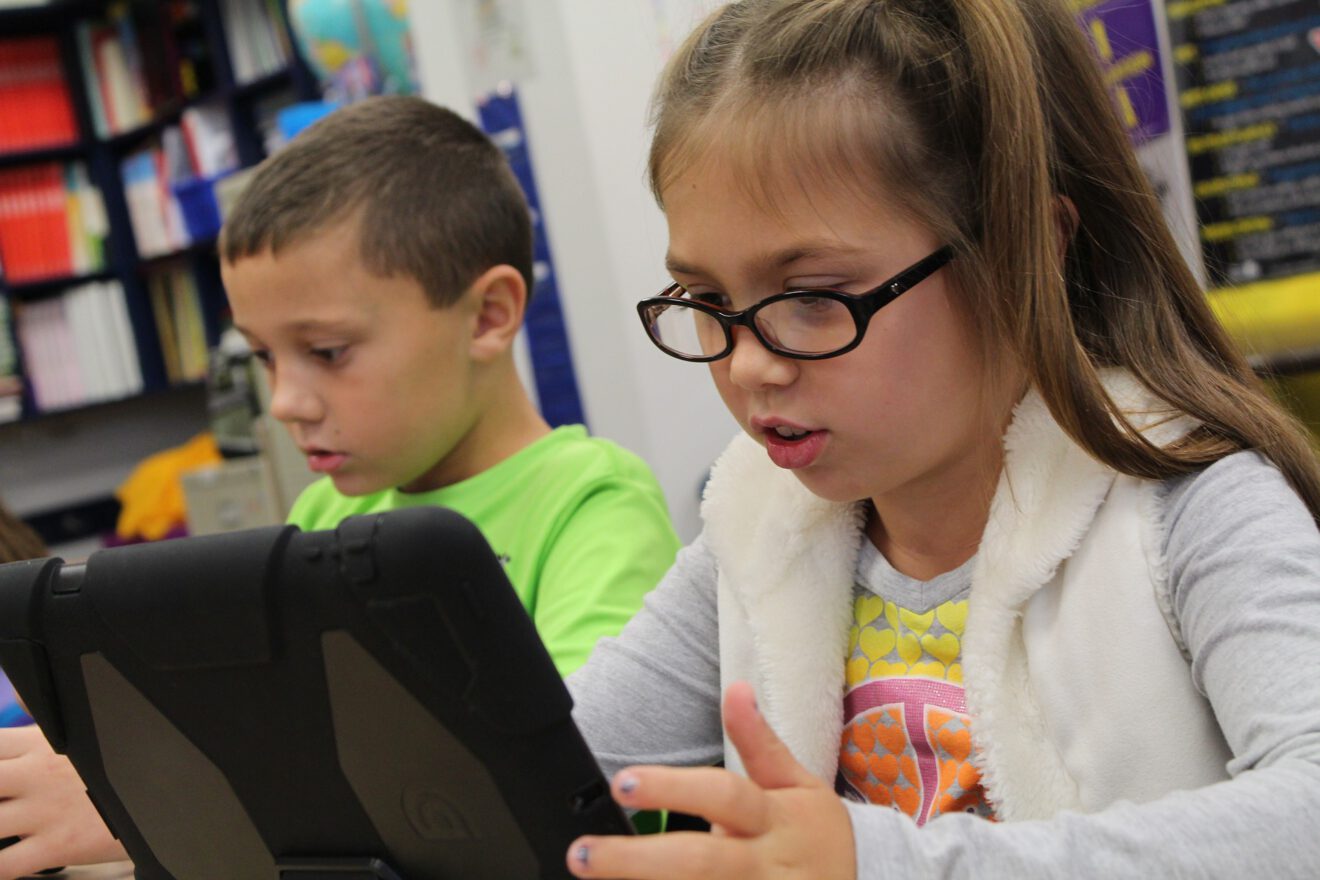Research shows that young children are more active and intentional about their knowledge-gathering when they’re asking questions like “How?” and “Why?” These simple questions have led my district to discoveries that have transformed our teaching.
When we set out to build a competency-based curriculum from scratch in our small district, we knew it would be a long process, but we believed it was worth it for our students to develop 21st-century skills. We know inquiry-based learning and project-based learning build a bridge to life after school. Districtwide, we now focus on our expectations, articulated in our competencies, and assist students in achieving the indicators that define them.
Here are three lessons we learned about integrating PBL into competency-based learning.
Take an honest look at your instruction. We are working constantly to improve the way we assess student learning. In the beginning, we looked at improving our competency-based learning model by first asking, “If the student didn’t learn it, did we really teach it?” The answer for us was no.
We had to completely rethink what a new model would look like, and once we began making the switch to PBL, our teaching began to change direction. We transitioned to more of a mastery-based model, with a focus on students learning together to make meaning, and teachers acting as facilitators.
Creating cross-curricular, mastery-based projects from scratch is worthwhile but time-consuming, so we use supplemental PBL resources along with math and science programs to enhance our curriculum and empower teachers and students with the resources they need to show what they know.
Create a competency-based curriculum. Teaching real-world skills in relevant and authentic situations is what makes a lasting impact on student learning. We are currently in the process of building a new, districtwide humanities curriculum for K–6. Traditionally, a textbook would be used in a class like Social Studies, but instead, we’re developing an inquiry-based approach to how students obtain and work with content, and where a textbook is one of many resources students can access. We use a “centers” approach in which students acquire a great deal of content knowledge more quickly. Then, we use a variety of instructional strategies and techniques to facilitate students’ interacting with that content.
Rethink how you measure learning. After nearly three years of working toward a mastery-based model, we have created report cards for K–4 students with zero letter or number grades. Instead, we use progress bars to show individual students’ growth toward grade-level appropriate goals, indicating where the student started and how much they have achieved throughout the year. We would love to see this model stretch across each grade.
When we move the spotlight to shine on student growth and how PBL encourages examining that growth, teachers can facilitate learning more effectively. They can offer more timely feedback, deliver more targeted instruction, and assist students as they explore concepts and ideas. Ultimately, we’re seeing the transition to competencies and a competency-based report card result in more focused instruction. Teachers and students are gaining a more holistic and coherent understanding of how our competencies and the standards work together to create the big picture. While we are still a work in progress, we’ve started paving the path to coherence and consistency.
Caroline Messenger is the director of curriculum at Naugatuck Public Schools. The district uses programs and tools like Defined STEM to implement their new PBL teaching model. Follow the district on Twitter: @NaugatuckPS.
Tech Tips is a weekly column in SmartBrief on EdTech. Have a tech tip to share? Contact us at [email protected]
____________________________________
Like this article? Sign up for SmartBrief on EdTech to get news like this in your inbox, or check out all of SmartBrief’s education newsletters , covering career and technical education, educational leadership, math education and more.
